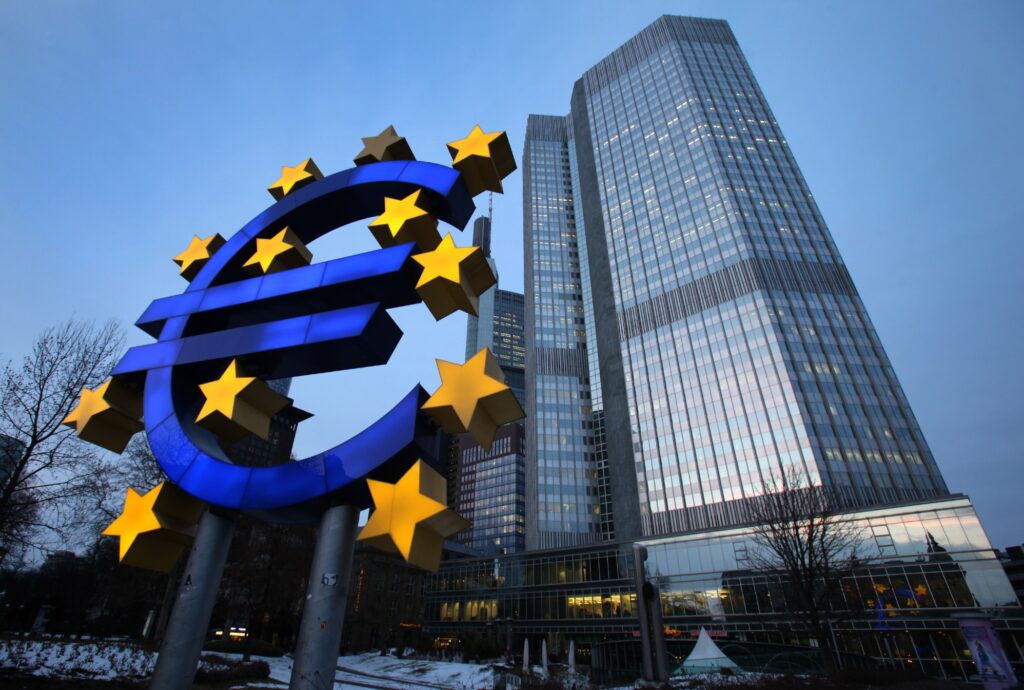Euro extends recovery In the dynamic world of foreign exchange, the Euro has recently seen a resurgence in European trade. It climbed away from its ten-month lows against the US dollar, leaving traders intrigued by this sudden shift. In this article, we will delve into the factors behind the Euro’s rise and how it relates to the global economic landscape.
Euro extends recovery and The Dollar’s Decline
The Dollar lost ground due to disappointing US private sector employment data. With anticipation building for the upcoming crucial payrolls report, which is essential for gauging the odds of another Federal Reserve interest rate hike this year, investors became cautious.
EUR/USD Exchange Rate
The EUR/USD exchange rate experienced a notable increase of 0.25%, reaching 1.0528. The session saw a low point at 1.0500 but recovered well after a 0.4% rise the previous day, marking the first profit in three days from its ten-month low at 1.0448.
Euro Extends Recovery ECB’s Role
European Central Bank (ECB) President Christine Lagarde plays a pivotal role in this context. She emphasized that the decision to raise interest rates would depend on inflation forecasts and core inflation dynamics. Lagarde assured that the ECB would consider these standards in upcoming meetings and maintain interest rates at high levels for an extended period.
Market Expectations
Despite the recent upswing, market expectations do not favor the ECB raising interest rates this year. This skepticism arises from European inflation continuing to taper off, keeping the ECB cautious in its monetary policy decisions.
Euro extends recovery Dollar Index
The dollar index faced a setback, falling 0.2% on Thursday, pulling back from an 11-month peak at 107.35 due to profit-taking by investors.
Concerns Over US Labor Sector
One of the key drivers behind the dollar’s decline was the disappointing performance of the US private sector in adding jobs during September. This raised concerns about the overall strength of the US labor sector.
Euro extends recovery Future Outlook
To gain more clarity on the US economy and labor sector’s status and strength, we eagerly await the official US payrolls data due on Friday. This data will be instrumental in determining the likely path ahead for Federal Reserve policies and will have significant implications for global financial markets.
In conclusion, the Euro’s rise in European trade has been a notable development in the world of foreign exchange. The Dollar’s decline, coupled with cautious optimism in the ECB’s approach to interest rates, has played a crucial role in this shift. As we move forward, it’s essential to keep a close eye on economic indicators and central bank policies, as they will continue to influence currency movements in the months to come.
FAQs
1. Why did the Euro rise against the US dollar?
The Euro’s rise can be attributed to a combination of factors, including disappointing US employment data and market expectations regarding European inflation and interest rates.
2. What is the significance of the US payrolls report?
The US payrolls report is crucial as it provides insights into the strength of the US labor sector and can influence Federal Reserve policies, including potential interest rate hikes.
3. Will the ECB raise interest rates this year?
Market expectations do not favor the ECB raising interest rates this year due to ongoing concerns about European inflation.
4. What impact does currency exchange have on global markets?
Currency exchange rates can significantly impact global financial markets, affecting trade, investment, and economic stability.
5. How should investors navigate currency market fluctuations?
Investors should stay informed about economic indicators, central bank policies
and geopolitical events to make informed decisions in the currency market.

